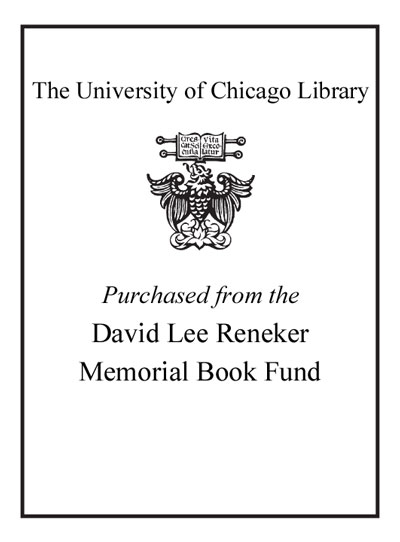Review by Choice Review
The political-environmental story of the Land between the Lakes (LBL) National Recreation Area provides a unique perspective on the creation and management of this semi-isolated region of Kentucky and Tennessee. Foresta (geography, Univ. of Tennessee, Knoxville) examines the formation of LBL within the Tennessee Valley Authority (TVA) and at the same time weaves a narrative about the conservation movement from the early 1900s through the 1970s. Unfortunately, the vision of the LBL creators and the direction of the managers are lost at times in the unknown-that is, changing political, ecological, and economic trends. The author interprets the different plans presented to the federal government to create and manage the recreation area, and how the plans change because of political or economic factors. The high expectations for LBL are lost within the multiple facets of the TVA and disintegrate due to the range of conflicting stakeholders impacted by current factors. Foresta presents a well-documented essay that will assist government environmental planners, at all levels, to learn from the past. Summing Up: Recommended. Upper-division undergraduates and above. W. J. Gribb University of Wyoming
Copyright American Library Association, used with permission.
Review by Choice Review

